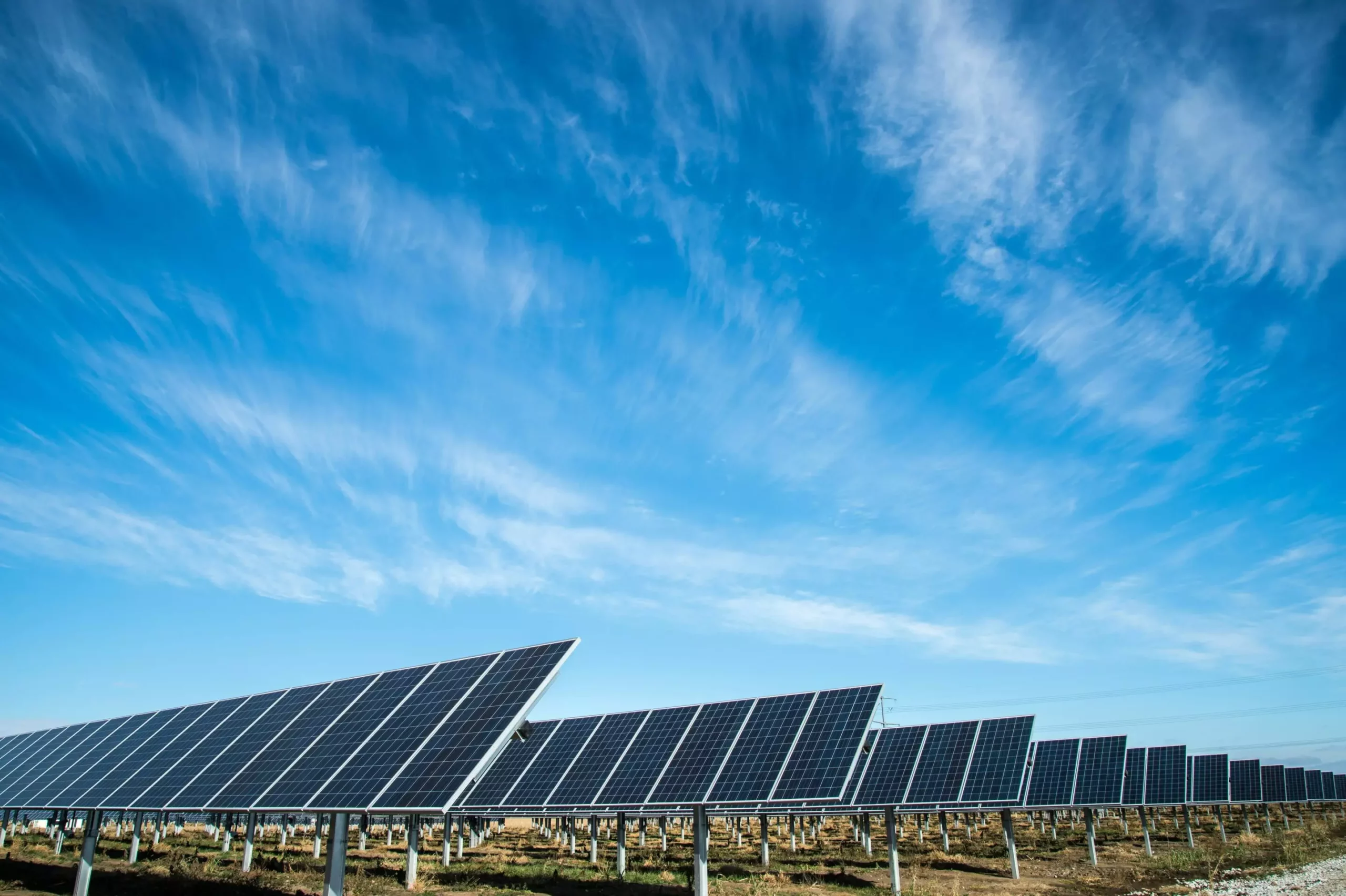Africa’s contribution to global greenhouse gas emissions is relatively low compared to other regions of the world. However, with the continent’s rapid population growth, urbanization, and industrialization, there is a risk that emissions could increase significantly in the future. This article analyzes the potential impact of Africa’s growth on global carbon emissions and explores different scenarios that could unfold.
The Kaya identity model is used to predict how carbon dioxide emissions might change in African countries. It takes into account factors such as population, economic growth, energy intensity, and carbon intensity. Changes in any of these factors can have a significant impact on emissions outcomes. For example, rapid population growth or increased use of fossil fuels can lead to higher emissions.
Scenarios for Future Emissions
Based on historical data and projections, four scenarios for Africa’s future carbon emissions are outlined: low growth, high growth, green growth, and mid-growth. These scenarios range from limited emissions growth to potentially significant increases in emissions, depending on the level of economic development and energy use in African countries.
Impact on Global Climate Goals
The study suggests that explosive growth in Africa’s greenhouse gas emissions is unlikely in the next 30 years, especially under low-growth or green-growth scenarios. However, a high-growth scenario without climate-conscious development could have a negative impact on global efforts to combat climate change. It is crucial for African countries to prioritize climate mitigation efforts in their economic development plans.
African countries heavily rely on external actors for their transition to renewable energy. National action plans on climate change and mitigation efforts are often developed in response to donor requirements. Foreign multinational corporations also play a significant role in the continent’s energy sector, influencing the adoption of renewable energy technologies.
To achieve a green-growth scenario with high economic growth and low greenhouse gas emissions, African nations need the commitment and support of international partners. Financial and technical assistance for climate action is critical, along with ensuring that climate finance aligns with developmental goals. It is essential to empower local communities and industries in the transition to renewable energy.
Africa’s future carbon emissions will be influenced by a combination of factors such as population growth, economic development, and energy use. It is crucial for African countries to prioritize climate-conscious development and seek support from international partners to achieve sustainable growth. By investing in renewable energy and green technologies, Africa can become a leader in clean and equitable development, benefiting both its own population and the global community.


Leave a Reply